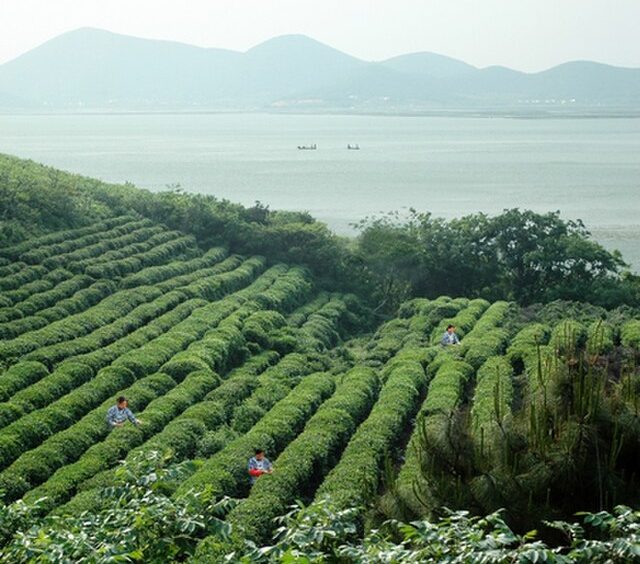China on September 28, 2025 sentenced former Minister of Agriculture & Rural Affairs Tang Renjian to a suspended death for embezzlement, invoking Ag spending focus.
According to Reuters, the minister got a death sentence with reprieve at a court in the northeast province of Jilin.
The ex-minister apparently amassed money and material wealth amounting to above 268 million yuan ($37.7 million) from 2007 to 2024.
His suspended sentence for the next 24 months owes to the fact that he pleaded guilty for his shortcomings.
The sentencing comes just under a year after his November 2024 expulsion from the Communist Party.
Uptick Agriculture Budget
The event comes at a time when China is placing agricultural spending at the forefront for self-sufficiency via ambitious agricultural plans.
In 2024, the country was experiencing a national spending deficit of 4.1 trillion yuan ($569.9 billion). But it still spent 13% more on agriculture, forestry and water, year-on-year, per the Center for Strategic and International Studies (CSIS).
One of the leading investment goals in agriculture is to boost grain production for food security.
Successive food security plans have borne fruit, bringing grain output to 600 million tonnes in 2013, from 430 million tonnes in 2003.
According to a Modern Diplomacy report, China reaped 706.5 million tonnes of cereals in 2024, a 1.6% annual increase.
Funding this production vision is the ongoing Five-Year Agricultural Plan with a nearing target of 770 million tonnes of grain.
The 2025 budgetary estimate for stockpiling grain and vegetable oils was approximately 131.7 billion yuan ($18.12 billion), according to Reuters.
Yet, 18.87% of family growers will still not meet their funding goals in 2025. This marks a critical deficit as smallholders currently occupy 70% of the national farmland.
This is why studies reveal that by 2050, agricultural employment will plunge to 3% of the national workforce from 24.1%. Luckily, the 2025 budget allocates farmers agricultural policy premiums of 54.05 billion yuan ($569 million) to retain their livelihoods. Even if this may not necessarily reduce corrupt ministers, it will add to China’s Ag spending profile, per the stats below.
China Agriculture Spending Statistics
Agriculture is arguably vital to China’s economy for it represents at least 6.8% of the GDP (2022), according to the World Bank. This portion is notably higher than that of other developed nations with large landmasses, apart from India. These include the United States with a 0.9% agricultural portion of the national spending share, Canada (1.6%), Russia (2.7%) and Brazil (5.6%). In the worldwide context, the FAO cites that agriculture represents 1.97% of all governments’ spending, as of 2023.
Does China prioritize agricultural spending?
As show of its budgetary importance, China’s agriculture budget grew in 2024 by 13%, annually. Some of the priority areas include grain stockpiling and research and development (R&D). In 2015, China led the world with an R&D budget of $10 billion, according to the U.S. Department of Agriculture (USDA). The amount was at least thrice that of spending at the turn of the millennium.
How much is grain spending in China?
China’s grain and vegetable oils stockpiling budgets reached 131.66 billion yuan ($18.12 billion) in 2025 while grain production hit 706.5 million tonnes in 2024. As a result, the country could realize 745 million tonnes of grain production by 2030. Tellingly, agricultural imports dipped by 8% in 2024, to some $215 billion.
